Carrying a concealed firearm has to do with more than safety—it is about confidence, discretion, and access. Inside-the-waistband (IWB) holsters are one of the best IWB carry positions for comfort & concealment for many reasons. Depending on what works best for you and your body, they offer deep concealment, secure retention, and a range of carry positions.
However, with all of these options, how does one go about deciding which IWB carry position is best? Actually, there isn't a precise response. Each person's comfort, concealment, and draw speed will vary. The guide will define the most common IWB carry positions along with the pros and cons of each, while arming you with information to make an informed decision.
Overview Of IWB Carry
With IWB holsters, you tuck the firearm inside your waistband (between your body and your pants). The goal is to conceal your weapon while also keeping it accessible. In contrast to OWB (outside-the-waistband) holsters, the IWB rigs are designed to minimize printing while maximizing stealth.
The carry position of your holster impacts your entire carry experience—your dominant hand, body type, clothing type, and this will all impact which position works for you.
Clock System for IWB Carry Positions
To help make holster positions easier to visualize, many carriers will refer to a "clock" reference system:
- 12 o'clock – Centerline (front of the waistband)
- 3 o'clock – Strong-side hip
- 4-5 o'clock – Strong-side behind the hip
- 6 o'clock – Straight to your back - (not usually recommended)
- 9 o'clock – Weak-side hip
- 10-11 o'clock – Appendix carry for left-handed shooters
Let's go through each of the more common IWB carry positions so that you can select the position that best fits your needs.
1. Appendix Carry (1-2 o'clock Position)
The Inside the Waistband (IWB) carry position is rapidly gaining popularity as one of the best carry options due to its unmatched speed of draw and access, ease of concealment, and comfort during carry.
Pros:
- Quick draw - Your firearm is right in front of you, making it easier to access in high-stress situations.
- Great concealment - Especially when standing, your shirt/jacket naturally hangs over the front.
- Comfortable when standing or walking - Excellent for people who are on their feet more often than they are seated.
Cons:
- Not comfortable while seated - The muzzle points down towards your groin, which can be an intrusive feeling when sitting.
- Not for all body types - Larger body types may find appendix carry is more difficult to conceal or is not comfortable.
Ideal for: Everyday carriers who prefer fast access and discreet concealment, particularly those with a slimmer build.
2. Strong-Side Hip Carry (3 o'clock Position)
This carry position is classically used for both open and concealed carry. This is a natural and instinctive position for the new IWB carrier.
Pros:
- Instinctive draw – A strong-side draw mimics instruction on how many shooters draw and create perspective efficiently to learn quickly.
- Good concealment – In a proper outfit, this position conceals well, keeping the weight well-balanced on your waist.
- Comfortable when standing – A strong-side carry doesn’t dig into your waist while standing and does not constrict your movement.
Cons:
- Difficulty concealing for slimmer frames – Your gun will print the gun if you simply bend over, twist, or reach for something.
- Limited draw when seated – Difficult to draw when seated, special circumstances (driving) may limit the draw despite comfort.
Best for: New carriers or those who prefer a natural draw and balanced weight.
3. Behind-the-Hip Carry (4-5 o'clock Position)
This carry position can be one of the most comfortable and trendy positions for IWB holsters. The firearm rests just behind the hip and allows for comfort with the best potential for subtle concealment.
Pros:
- Natural body curvature for concealed carry – Your hip and back contours mitigate exposure and create a width that effectively hides the grip.
- Comfortable when seated or while driving – especially useful for longer trips that you spend in a vehicle at a time.
- Easier to hide larger handguns – The holster is tucked into your back curve, where it is less visible, allowing for bigger guns because of the bulk of the holster.
Cons:
- A longer draw path – Draw requires a little more time than if you drew from the appendix or hip.
- Printing while bending over – Especially in tighter-fitting clothes.
Best for: Those who want all-day comfort and excellent concealment for firearms, especially while seated or driving.
4. Small of Back Carry (6 o'clock Position)
While extremely concealable, this location has many disadvantages that have made it very unpopular and that have led many learned carriers to never consider the small of the back position.
Pros:
- Typically, a great concealment position - A firearm usually just disappears into your clothing.
- Comfortable to wear while standing – Comfortable to the point where, oftentimes, you forget it's even there.
Cons:
- Dangerous position if you fall – A fall back and onto your gun can lead to potential spinal injury.
- Slow, awkward, or ineffective draw – Very, very unshaven draw reach under pressure.
- Bad retention awareness – You have no ability to recognize someone grabbing your weapon from behind tactically.
Best for: Rare situations or experienced carriers who have well-developed situational awareness.
5. Crossdraw Carry (10-11 o'clock Position)
People who drew from crossdraw positions carried the weapon on the opposite side of their dominant hand. Crossdraw positions provide one or two unique advantages for a very small user group.
Pros:
- Easy to access while seated – There is a reason it's popular for holders who spend long hours behind a wheel or who work at a desk or office jobs.
- Comfortable when wearing jackets – If you have chosen to carry the gun in plain sight, as open carry.
Cons:
- Slow draw in most situations - Practice will keep you from flagging yourself in the draw.
- Less natural draw path - As with appendix carry, you need to train and take your time to train to draw your firearm safely.
Best for: Drivers, shoulder injury, or if you have solid and specific tactical preferences.
What to Consider When Choosing Your Carry Position?
-
Body Style
Slender, toned, and brawny all conceal things differently. Depending on your clothing, you might find appendix carry better than strong-side hip to conceal things. -
Clothing Style
Tight-fitting clothing will not help for appendix carry or small-of-back carry. However, most positions can be concealed under loose shirts, jackets, and untucked button-downs. -
Daily Routine
Do you drive for hours every day? You may prefer a behind-the-hip or crossdraw position. Do you spend most of the time on your feet? You can use appendix carry. -
Gun Size
Carrying smaller handguns is easy to conceal in almost all positions. If you are carrying a full-size pistol, you will want a holster and a position that balances comfort with concealment.
Training and Practising Will Make The Difference
Whatever position you decide on, consistent practice is very important. Drawing from concealment is a skill, and it's one that you should continuously practice in a safe and controlled environment.
Dry-fire practice, drawing drills, and situational practice allow you to react confidently when needed. Remember, it's not only about hiding your firearm; it's also about having it prepared when needed, without compromising comfort or safety.
Closing Thoughts
There are so many personal factors regarding the best IWB carry positions for comfort & concealment. Everyone has a different comfort level with IWB carry, clothing style, lifestyle, and training. You may prefer appendix carry for its speed, behind-the-hip carry for its comfort, or strong-side hip carry for its familiarity. The best position is one that you can maintain and be completely confident in, both in your everyday life and in your work.
Try out different placements at home, with different holsters, and wear them into your daily routine. The more comfortable and confident you are, the more you will be inclined to carry.
Looking for a premium leather IWB holster to keep you stylish and compliant? Check out our handcrafted leather holsters at Wright Leather Works.

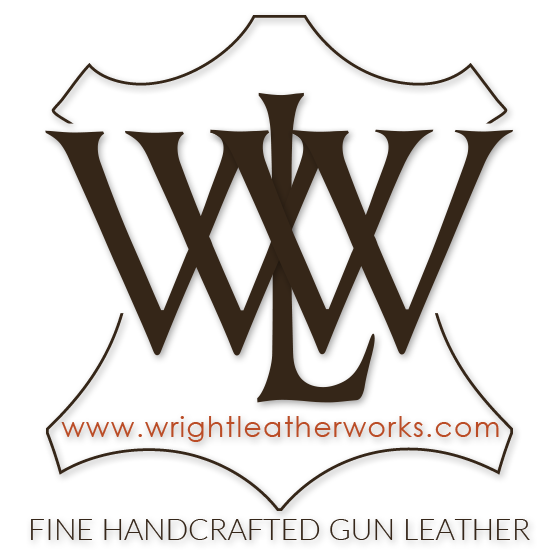
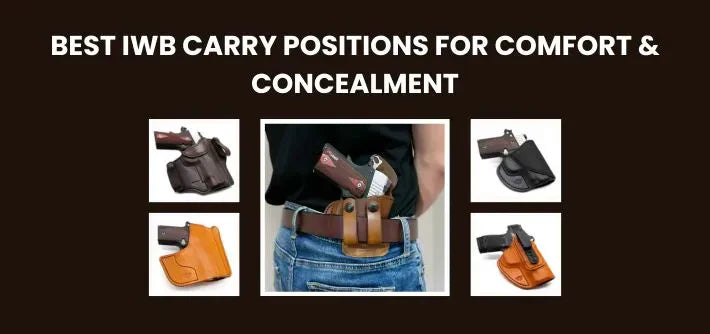
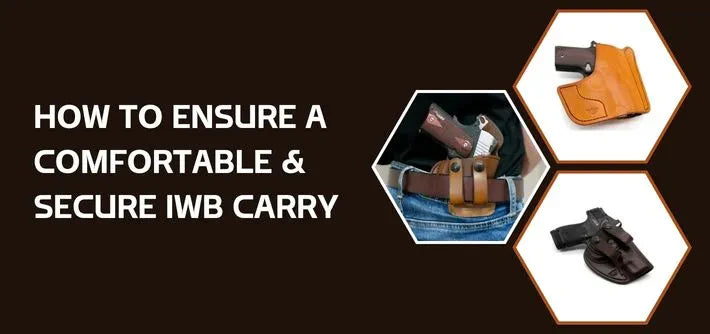
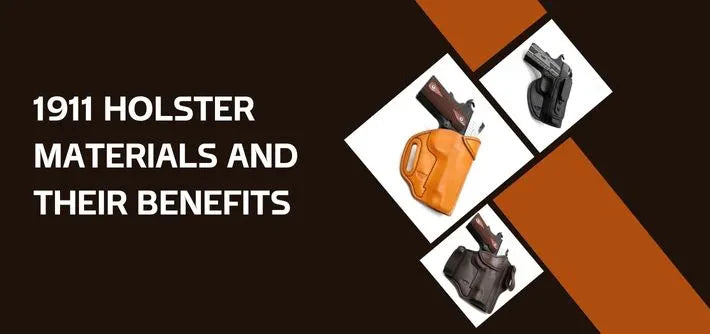
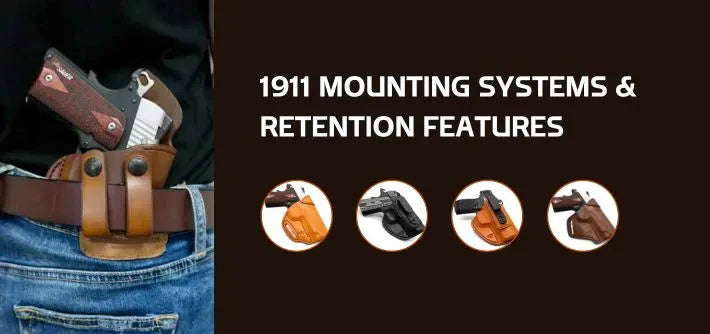
Leave a comment (all fields required)